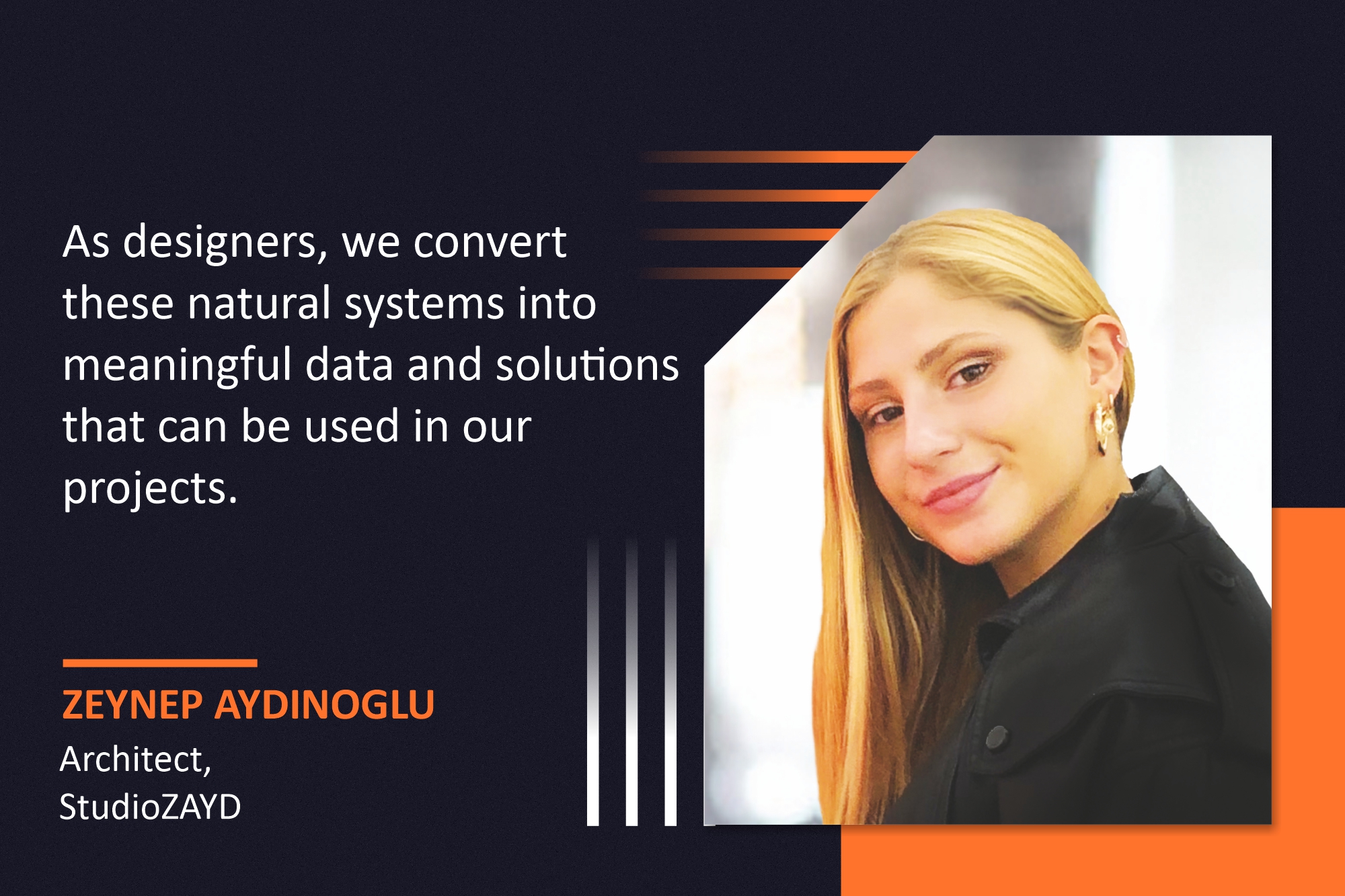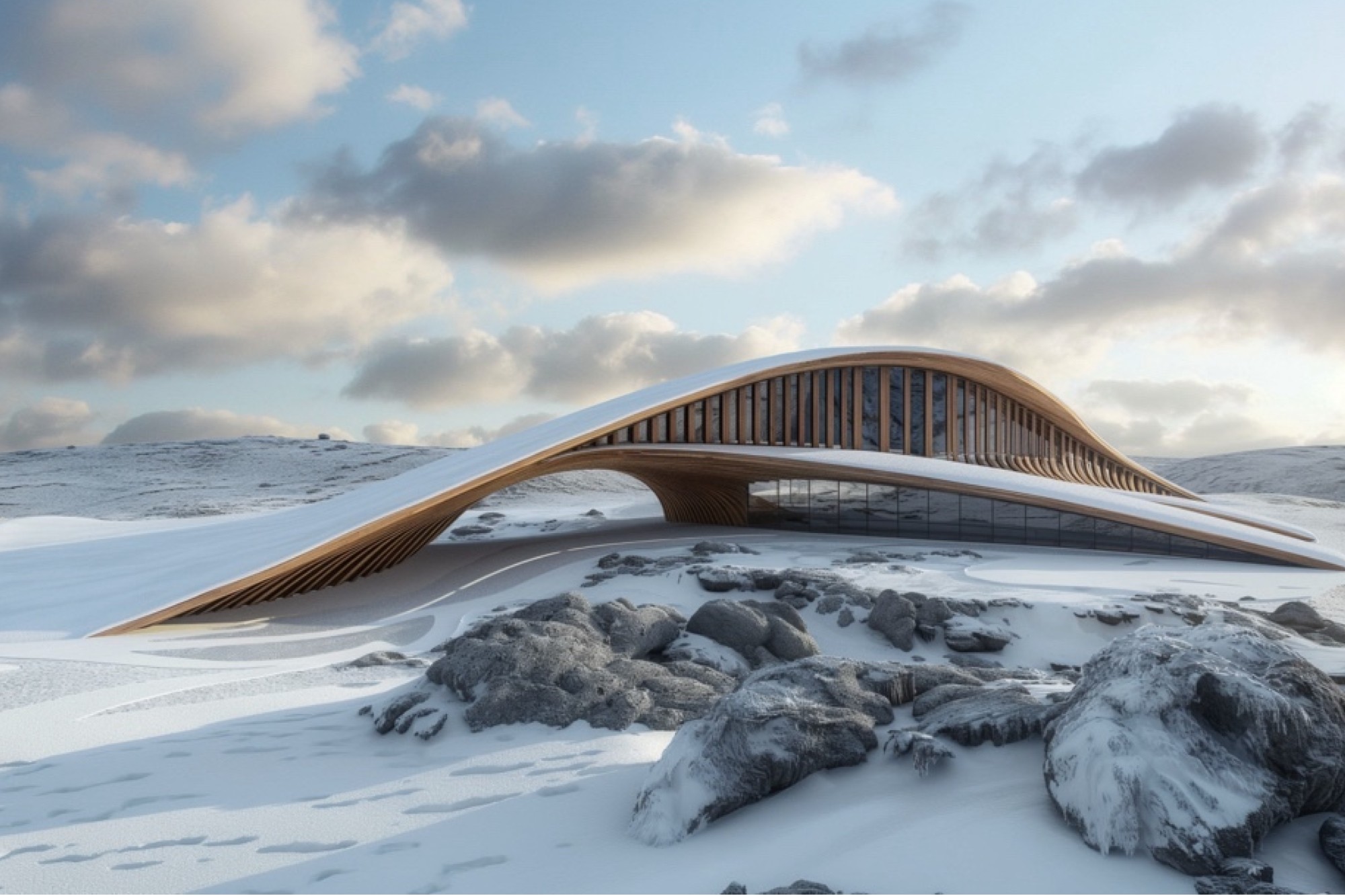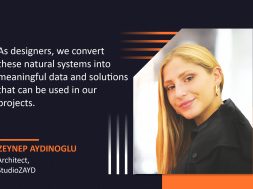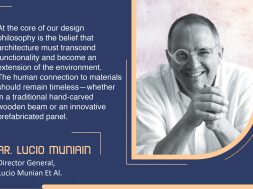Implementing biomimicry for sustainable design solutions

Zeynep Aydinoglu, a Turkish architect combines cultural legacy with modern innovation, employing biomimicry and parametric design to create sustainable, functional places that mix tradition, technology, and cutting-edge aesthetics across various projects.
What factors would you consider while blending cultural elements with modern architectural designs in your projects?
As a Turkish architect, I believe cultural influences are important in design. Architecture concerns how environments elicit emotions, activate memories, and generate aesthetic experiences. Integrating cultural elements into modern designs connects historical relevance with contemporary requirements, bridging the past and present. This method transforms spaces, making them more meaningful and emotionally resonant.
How do you balance aesthetics and functionality in your designs?
Balancing aesthetics and functionality in my designs is a delicate process influenced by my diverse academic experiences. My early studies at the Architectural Association (AA) Visiting School in New York and London and IaaC in Barcelona were centred on aesthetics and parametric innovation, with guidance from Zaha Hadid Architects lecturers. In my thesis project, I combined 3D-printed interiors with environmental design. While new shapes drove the aesthetics, the building’s core construction was a single stone module for walls, slabs, and systems, ensuring functionality and cost-effectiveness. This approach finds a delicate balance between aesthetic goals and utilitarian needs.
What, in your opinion, is the role of technology in shaping the future of architectural designs?
Technology should be utilised to improve efficiency and creativity, not blindly. The goal is to use technology effectively to satisfy specific requirements rather than for its own sake. AI and other technology developments should be leveraged to save time and resources, freeing humans up to focus on creating and developing new ideas. This time savings allow us to experiment and push the frontiers of architectural design, guaranteeing that we are not simply replicating previous ways. In essence, technology should complement and enhance human creativity, allowing us to do more and imagine new possibilities in design. It is also critical to control the tool rather than allow it to control us, as unchecked reliance on technology can impose limits and limit our creative potential.

How do you ascertain sustainability through your design philosophy?
Biomimicry plays an important role in my design philosophy to ensure sustainability. Nature continuously provides the best answers to many problems, so instead of spinning the wheel, we can study and learn from natural systems. Nature operates through sophisticated, efficient systems that have evolved, which can serve as useful models for our creations. As designers, we convert these natural systems into meaningful data and solutions that can be used in our projects. This allows us to optimise our ideas for both time and cost-effectiveness, resulting in innovative and sustainable solutions. This method enables us to produce environmentally benign and resource-efficient solutions, resulting in the greatest potential outcomes for sustainability.
According to you, what are the important factors to consider while selecting materials to ensure project sustainability?
First, materials should be chosen based on their durability and capacity to be repurposed, guaranteeing that they will last and limiting the demand for new resources. Timeless materials that age gracefully and require minimal upkeep help to ensure a building’s long-term viability. In addition, materials should enhance the building’s flexibility and adaptability, allowing it to evolve in response to changing needs and technologies. Finally, choose materials that function well with the building’s operating systems, increasing energy efficiency and overall performance. By focusing on these factors, we can design environmentally friendly, resilient, and adaptive buildings for future changes.
How do you adapt your architectural approach to different cultural and climatic contexts?
Parametric design allows for appropriately adapting architectural techniques to varied cultural and climatic environments. Parametric architecture enables you to tailor designs by adjusting different factors inside a system. This approach enables the development of adaptive models that meet various environmental and cultural criteria. Architects can ensure that architecture is well-suited to its location by adjusting design parameters and scripts, considering aspects such as local climate, cultural preferences, and functional requirements. This adaptability increases the design’s relevance and functionality while ensuring it fits in with its surroundings.
For more details, visit: http://instagram.com/studiozayd
Cookie Consent
We use cookies to personalize your experience. By continuing to visit this website you agree to our Terms & Conditions, Privacy Policy and Cookie Policy.










